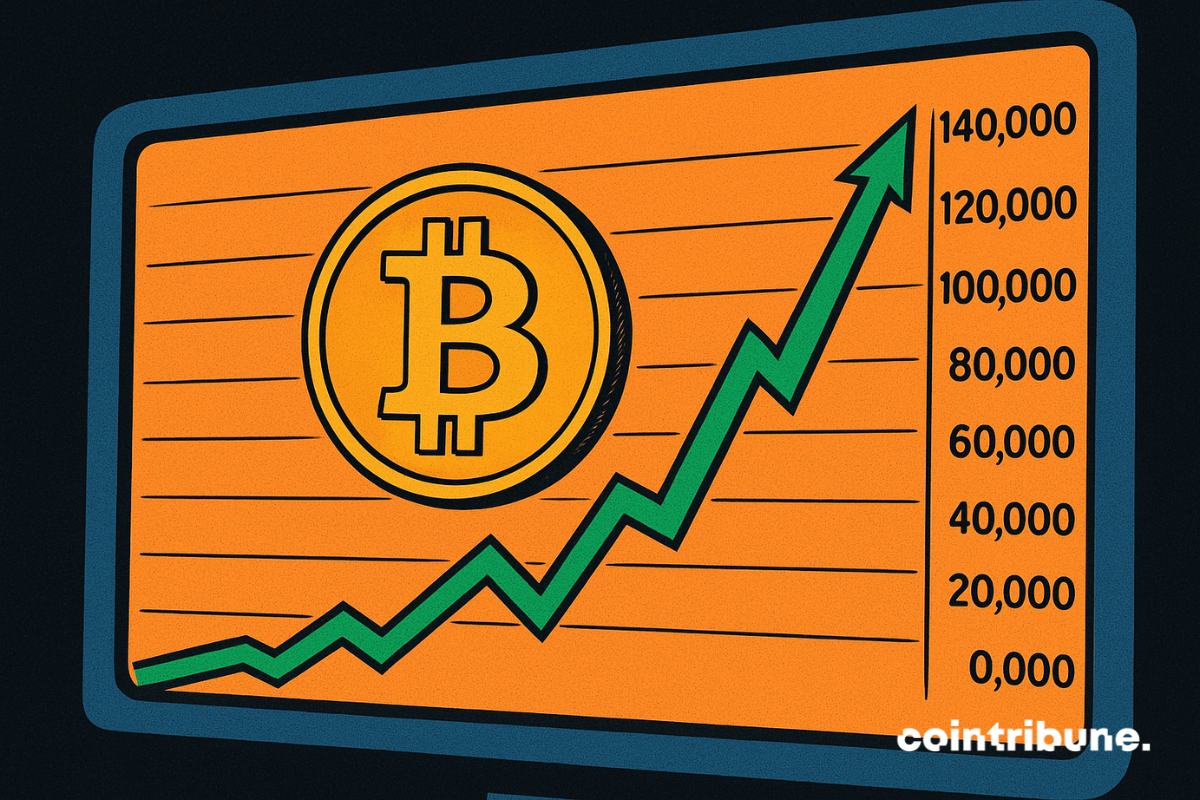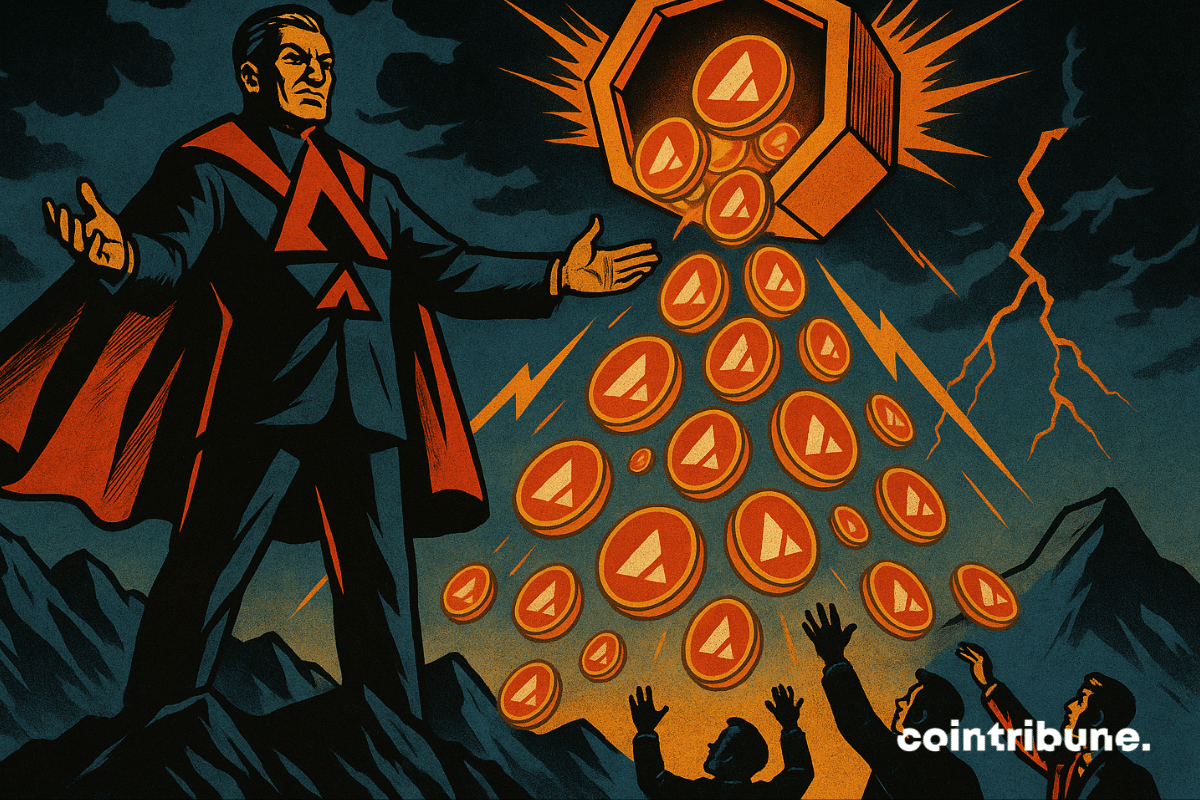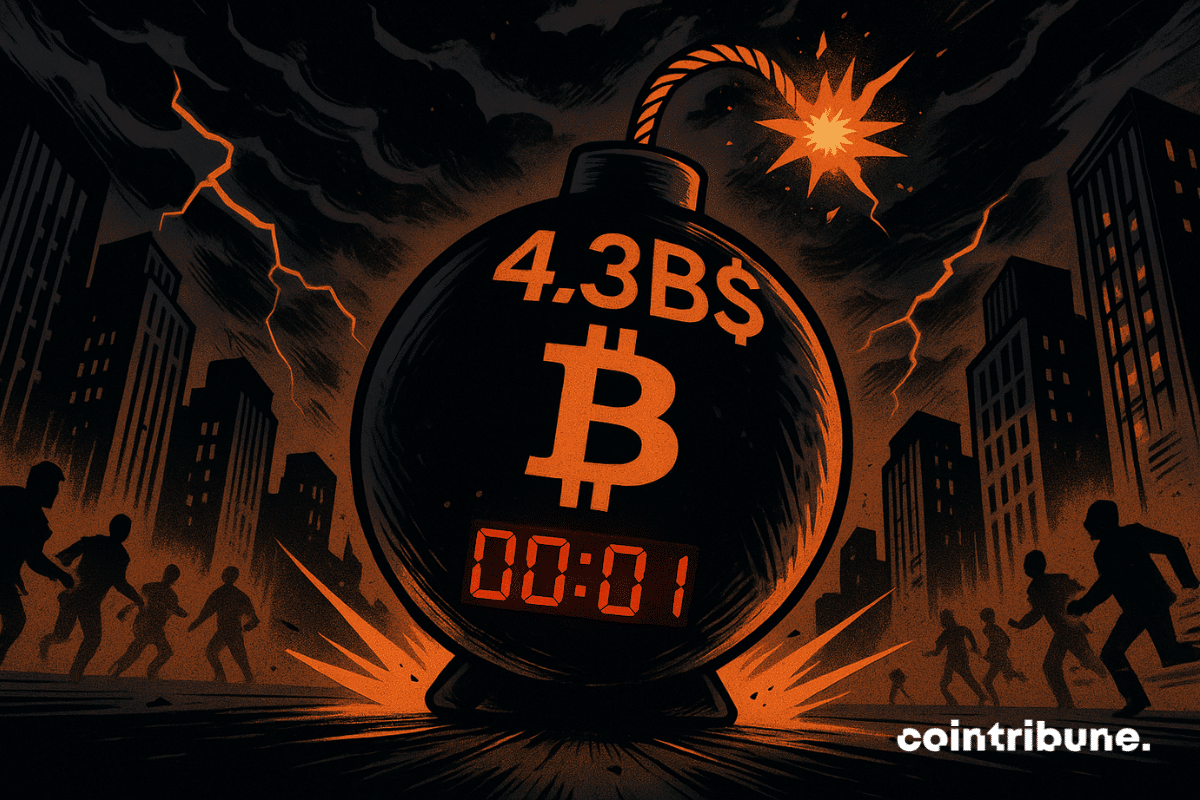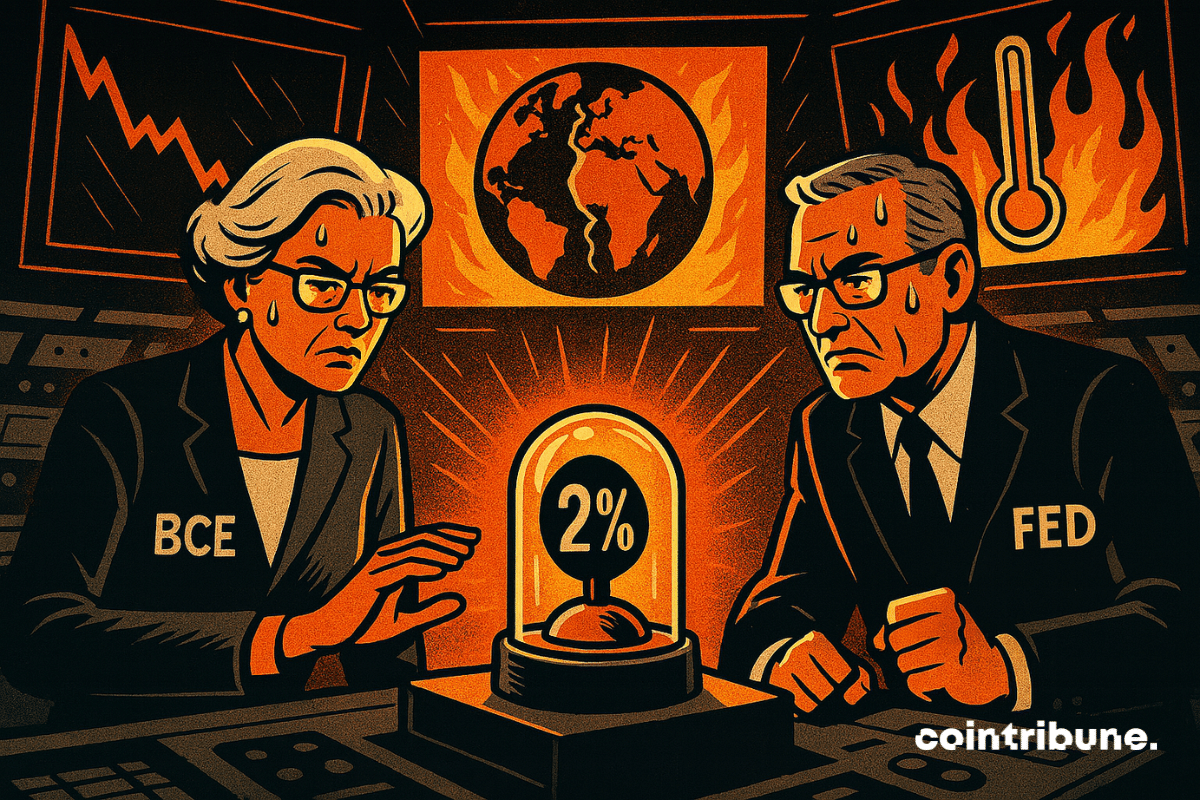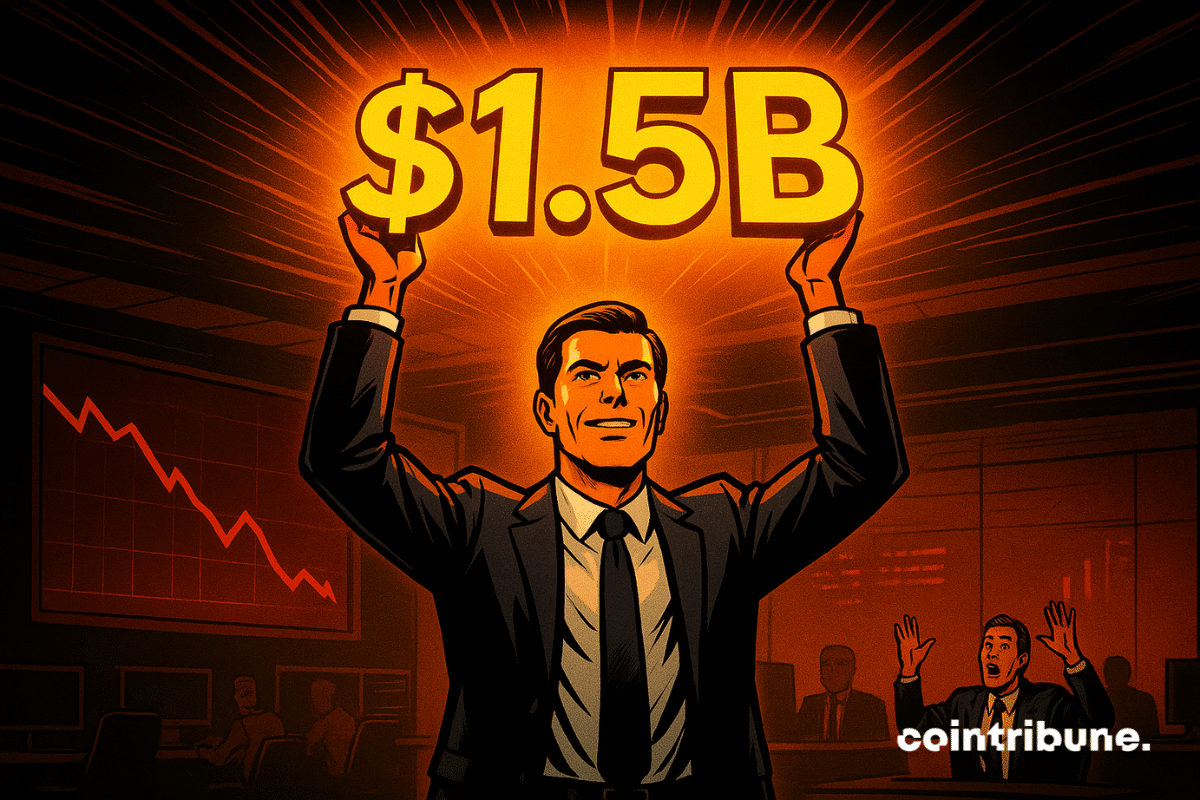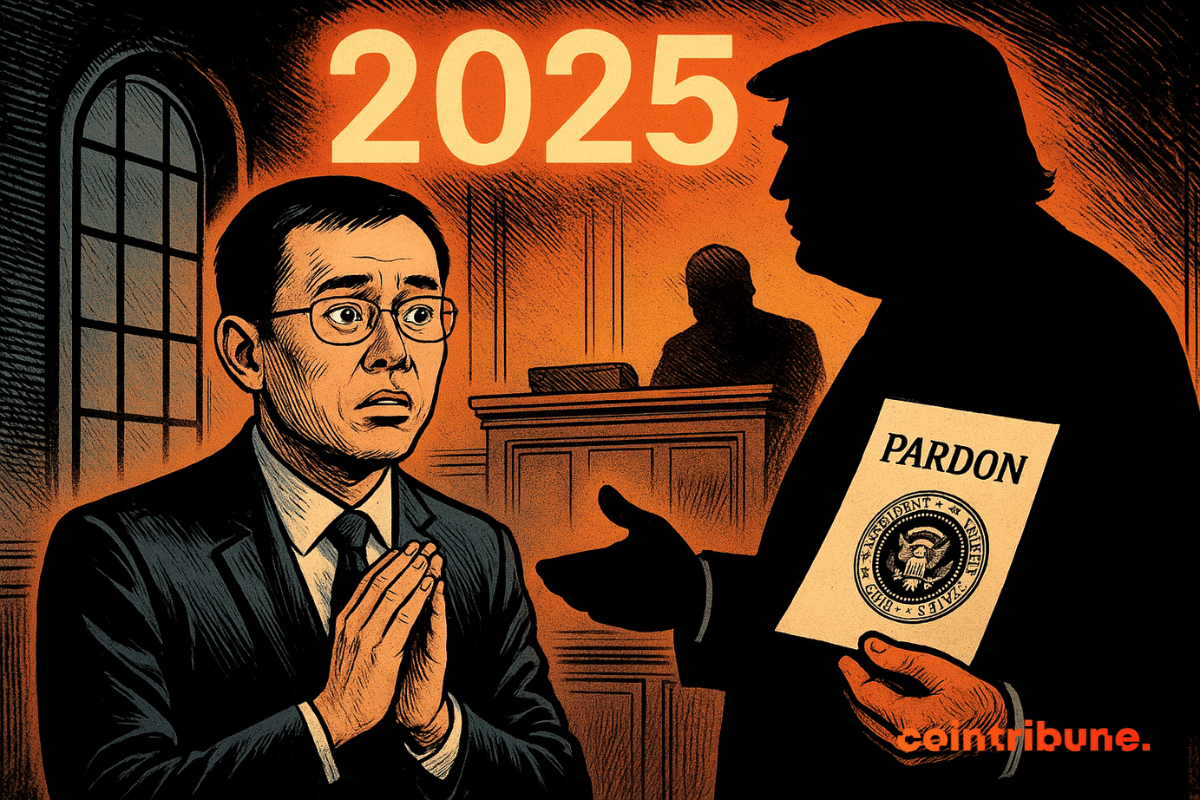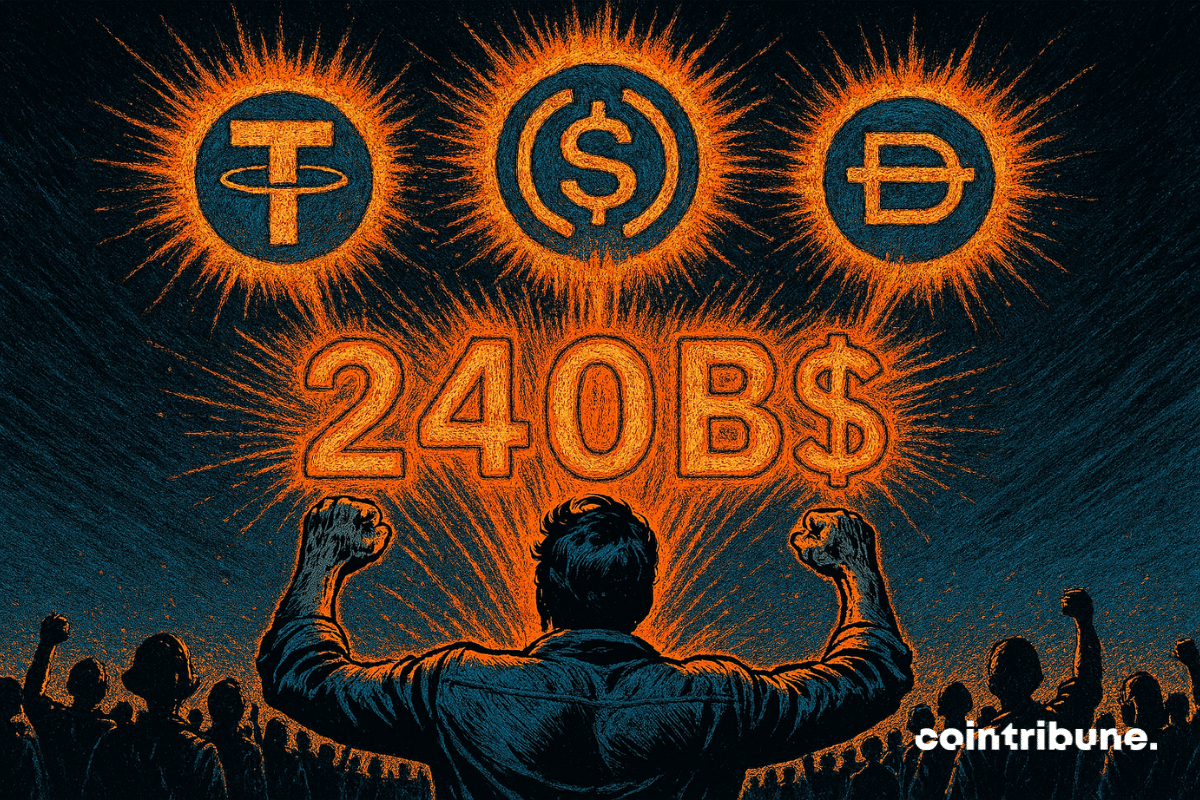Bitcoin has broken records ten times this year. Spending Christmas closer to 150,000 dollars than to 100,000 dollars is not far-fetched.
Coin Stats RSS
Avalanche Foundation is aiming to raise $1B by creating two US treasury companies that will purchase AVAX at discounted prices.
Welcome to this special mini-guide about key projects in the DeSci field (or Decentralized Science in French). This fairly recent movement is nevertheless a key player in saving current health systems and could revolutionize science. Enough to shed light on this Web3 topic that will undoubtedly mark a turning point for new generations and their health.
Nearly two years after his conviction, the former CEO of FTX sees his crypto future replayed in a judicial appeal. The Second Circuit Court of Appeals has set the hearing for November 4, a key step in the crypto trial.
Digital repression reaches its limits. In Nepal as in Indonesia, social media censorship has propelled Bitchat, Jack Dorsey’s decentralized application, to the level of a protest tool. Deprived of traditional platforms, thousands of citizens adopt it massively. Like Bitcoin which disrupted finance, Bitchat opens a space for free expression, beyond the reach of States.
Boom of RWA in crypto: +11% in one week. Focus on this revolution led by Ethereum and BlackRock.
This Friday, the bitcoin market faces an extraordinary deadline: $4.3 billion worth of options expire. Such a shift could decide the short-term trajectory of BTC, suspended at the strategic threshold of $113,000. Its crossing or loss could offer buyers an unprecedented leverage... or give control back to sellers.
Eyes are fixed on the market as many financial firms warm up to go public on Wall Street this week. Among these potential debutants, American crypto exchange Gemini has increased its share price ahead of its initial public offering (IPO) scheduled for Friday.
Coinbase relaunches the offensive against the SEC. The exchange asks the federal court to investigate the alleged deletion of a year of messages from Gary Gensler, former chairman of the financial authority. An explosive case likely to tarnish the record of a leader already known for his hostility towards the crypto ecosystem.
October 10 could mark a turning point for Solana. Bitwise CIO Matt Hougan sees this deadline as a catalyst comparable to the movements that propelled Bitcoin and Ethereum in recent months. Should we prepare for a "Solana season"?
BlackRock, which has already cashed in with its bitcoin ETF, now dreams of putting its ETFs into blockchain tokens. Markets wonder: digital revolution or financial snake oil?
The ECB freezes its rates, the FED is preparing to cut them... What if, in this monetary ping-pong, it was ultimately the real economy that served as the lost ball?
The latest US inflation figures reignite tensions in the financial markets, and the crypto sector is not immune to this nervousness. Stuck below the $3 mark, XRP struggles to define a clear trend. In a climate where every economic data fuels speculation about the Fed's monetary policy, Ripple's asset moves in a zone of uncertainty. Between hopes for a breakout and risks of correction, pressure is mounting around a threshold that has become strategic.
Less than twenty-four hours after the assassination of Charlie Kirk in Utah, the social network X was overwhelmed with messages calling for revenge and mentioning a civil war. Thousands of posts, often written in identical terms, point to the left as responsible. Faced with this surge, several researchers suspect artificial amplification. Behind these calls for violence, some accounts show characteristics of automated networks.
The latest US inflation data propels bitcoin to new heights, but analysts remain divided on the short-term trajectory. The flagship crypto flirts with $115,000 as speculation about a Fed rate cut intensifies. Could a new correction precede the long-awaited surge?
New project: a crypto bank could be launched in Russia. We deliver all the details in this article.
Trump pushes banks to love crypto. Yesterday demonized, today courted, the Web3 industry settles in the vaults of fiat. But who is really orchestrating this spectacular turnaround?
Real World Assets (RWA) represent one of the most promising evolutions of the crypto ecosystem. By tokenizing traditional physical assets, this sector builds concrete bridges between decentralized finance and the real economy, opening new investment opportunities accessible to all.
The prospect of elections organized directly on the blockchain may no longer belong to the realm of science fiction. The decentralized Chainlink network, led by its co-founder Sergey Nazarov, is multiplying alliances with the Trump administration, paving the way for unprecedented government uses. Behind these agreements, a clear ambition: to make blockchain a tool of institutional trust.
Artificial intelligence is no longer an option for leaders; it has become an extension of their executive brain. While many employees fear that AI will eliminate their jobs, CEOs use it as a strategic lever to stay competitive. Satya Nadella, head of Microsoft, recently revealed the five GPT-5 prompts he inserts daily into Copilot to boost his work. Concrete evidence that, even at the top, AI is not a gadget but a tool for professional survival.
Sharplink Gaming Inc. has kicked off a $1.5 billion share buyback plan as its stock trades below the company’s net asset value (NAV). The buyback signals a strategic effort to enhance shareholder value while market sentiment currently undervalues its Ether treasury holdings. The company, the second-largest Ether treasury firm, is leveraging this move to strengthen investor confidence and optimize capital allocation.
Apple’s iPhone 17, launched this month at a stable $799, is drawing attention for reasons beyond design and performance. For crypto holders, the device has suddenly become far cheaper in digital asset terms. Buyers now need only 0.0072 BTC or 0.1866 ETH to purchase it. That is almost half of what was required for the iPhone 16 a year ago.
S&P 500 rejected Strategy’s inclusion despite its Bitcoin holdings, with JPMorgan calling it a blow to crypto treasuries.
Poll results from decentralized betting site Polymarket show that bettors are heavily tipping former Binance CEO Changpeng Zhao (CZ) to be granted a presidential pardon. Following a guilty plea and subsequent application for a pardon, indications suggest that most within the crypto circle expect a favourable ruling from the White House.
While the Fed blows hot and cold, the whales are dozing off… and here come the stablecoins, discreet stewards of the crypto market, imposing themselves as masters of the party.
The speculative momentum around bitcoin clashes with the reality of markets. Driven by the fervor of records and the unexpected support from Donald Trump, several publicly traded companies that based their financial strategy on accumulating BTC are undergoing a severe correction. Their shares sometimes fall below the value of their crypto holdings, exposing the limits of a model relying almost entirely on bitcoin's volatility.
While OpenAI blazes at 500 billion, the start-up Mistral inflates its sails to 11.7 billion. Cocorico or European mirage? AI has found its Gaulish rooster.
This Wednesday, the publication of a falling PPI for August immediately revived speculation around a Fed rate cut. Bitcoin gained 0.5% within the hour, driven by this signal perceived as favorable to monetary easing. Approaching the FOMC, investors now scrutinize every economic indicator, aware that the slightest variation can trigger a market repositioning.
Nasdaq has officially filed a request with the SEC to authorize trading of shares and ETPs in tokenized form. A breakthrough that could disrupt Wall Street and accelerate the integration of blockchain into traditional financial markets.
More and more businesses are accumulating bitcoins, but also more and more countries. The latest is Kyrgyzstan, a small Central Asian country.
